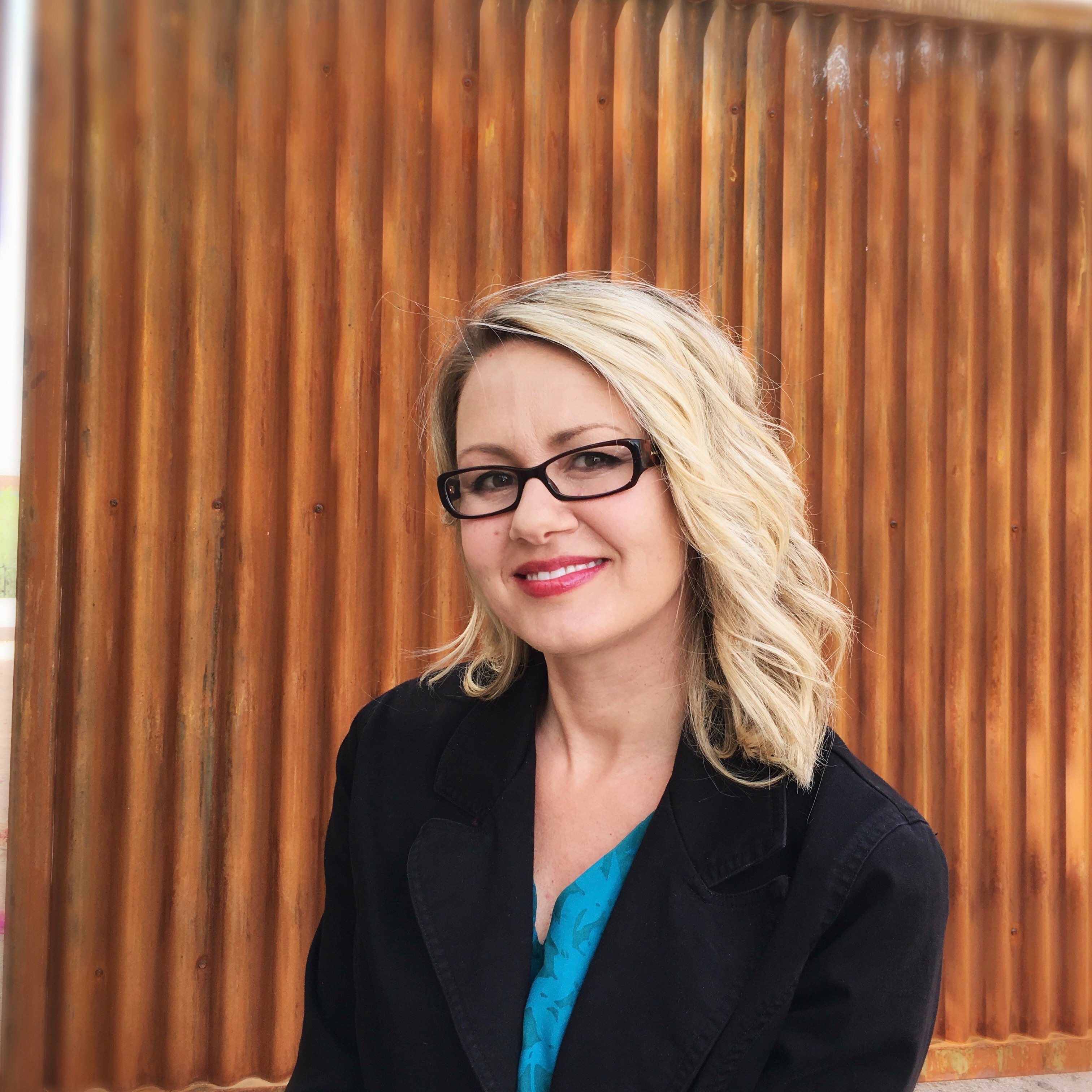Tempe's Historic Neighborhoods Search for Solutions to Urban Expansion
AZ Central is detailing how certain Tempe neighborhoods are battling creeping urban development with proposed incentives to help maintain home values and preserve historic enclaves.
One of Tempe’s oldest neighborhoods, Maple-Ash, is an example of how values change over the decades. With homes built as early as 1909, many of the remaining homes are eligible for historic status. During the 1960s the city foresaw growth and rezoned the area for larger developments, a misstep still haunting homeowners today. With very loose height and size restrictions, developers then purchased large bundles of land for development.
Muddying the preservation waters further, an approved 2006 ballot initiative allows landowners to litigate if a city or other government body “changes the rules about how land can be developed” or places new restrictions on it that could potentially “lead to a drop in property value.”

Altogether, it puts a lot of power in the hands of developers and not much in the hands of residents and preservationists.
Understanding the value of historic neighborhoods like Maple-Ash, Mitchell Park, and the Wilson Arts and Garden District, one option discussed by city leaders would be to pay “down-zone” fees to replace the high-density zones of yesteryear and essentially pay to prevent urban encroachment. The plan was flawed, however, in that the decision would be left up to each homeowner, and certainly not a guarantee that developers wouldn’t proceed.
Trying to avoid costly lawsuits, a compromise could be to waive the “down-zone” fees, which average around $3,600, and instead add property-tax breaks. Tax abatements are often given to commercial developers and shouldn’t affect city revenue, which mostly comes from sales tax.
Allowing accessory dwelling units (ADUs) or in-law units is the newest idea toward preservation. Fast-track permitting that would allow homeowners to profit from ADU rentals and could mitigate the need for large condominium projects while adding value to the community.
These options and more will be brought before the Tempe City Council this month.

